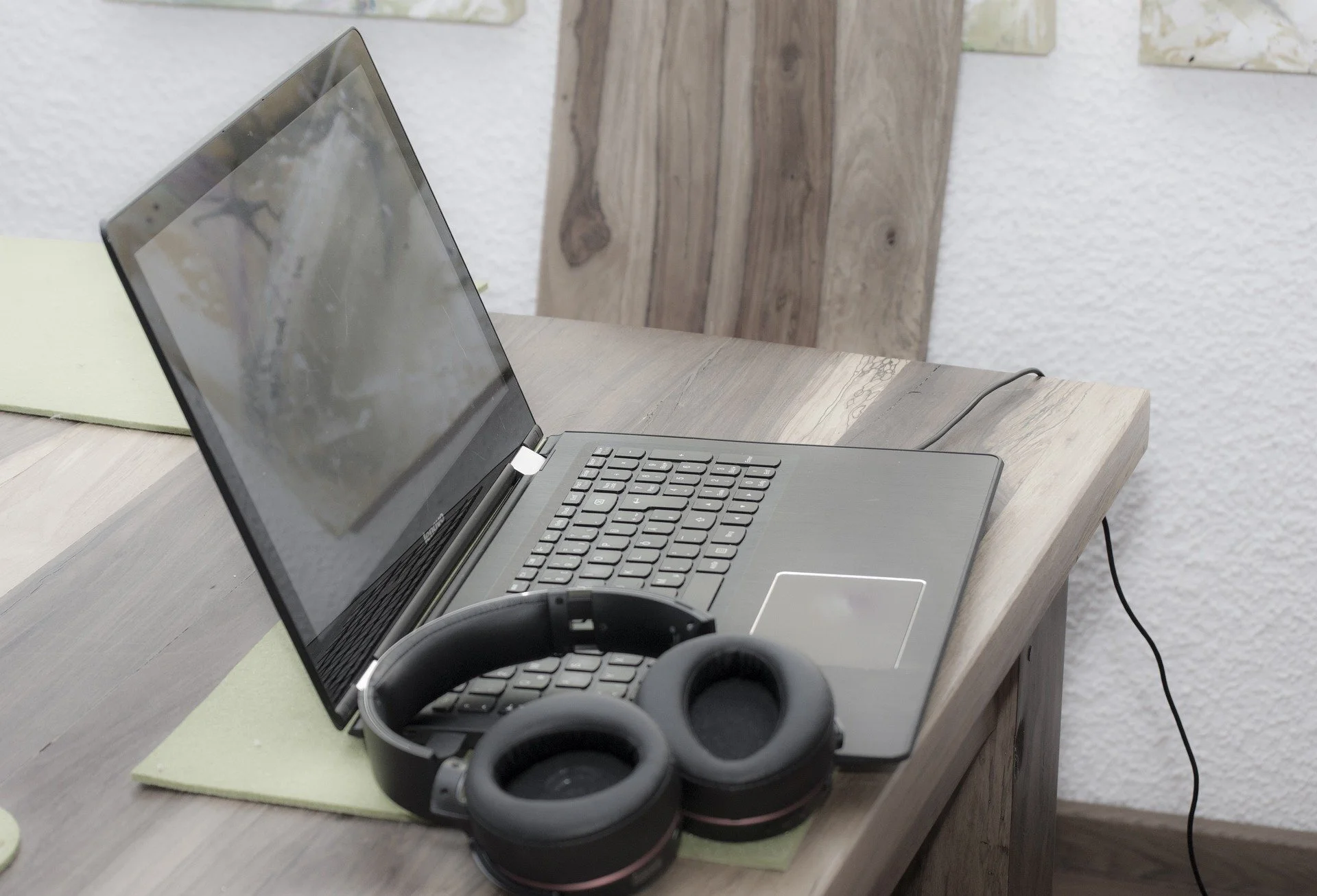We are creatures of routine. Routine makes us feel safe – there’s a reason why children love to hear the same stories over and over (and over) again, and there’s nothing like a routine to help you get through difficult chores or build time into your day for the important things. But routine has its limits, and too much of it can leave you feeling stifled. I didn’t realise how much of a routine I had fallen into until my husband unintentionally managed to break it.
It started with a leaflet for a subscription food box which was posted through our door. You sign up, and each week a box of food is delivered, portioned out to make a few recipes, with instructions included. We had heard of this kind of thing before, as they have become increasingly popular. But we had always thought it a bit of a faff as you could just buy the same ingredients from your local supermarket. However, when a hard-to-resist introductory offer came through the letterbox we decided to give it a go.
The next week a box duly arrived and we set to work whipping up the recipe we’d chosen. It turns out we were right – it is a bit of a faff, and you could just buy the same ingredients from the supermarket. But what we hadn’t realised was the great potential for variety in these boxes. They are marketed as a solution to make cooking “easier” – which may be true for some, but we found the meals take longer to prepare than simpler recipes we are more used to. However, the boxes contain recipes we just wouldn’t have made otherwise. When faced with a choice of what to make for dinner – hungry, tired and just having finished work – we more often than not would have resorted to a simple, familiar dish.
It’s great to find a habit that works, especially if it makes cooking less stressful, but I hadn’t realised how much of a routine we had slipped into, with the same few meals on constant rotation. We still do this most days as it does make things a lot easier, keeping the food box subscription on a monthly, rather than weekly basis. But our unexpected foray into subscription boxes has provided something to look forward to, and shown that even if a routine works very well, it can be a good idea to mix it up every now and again.











